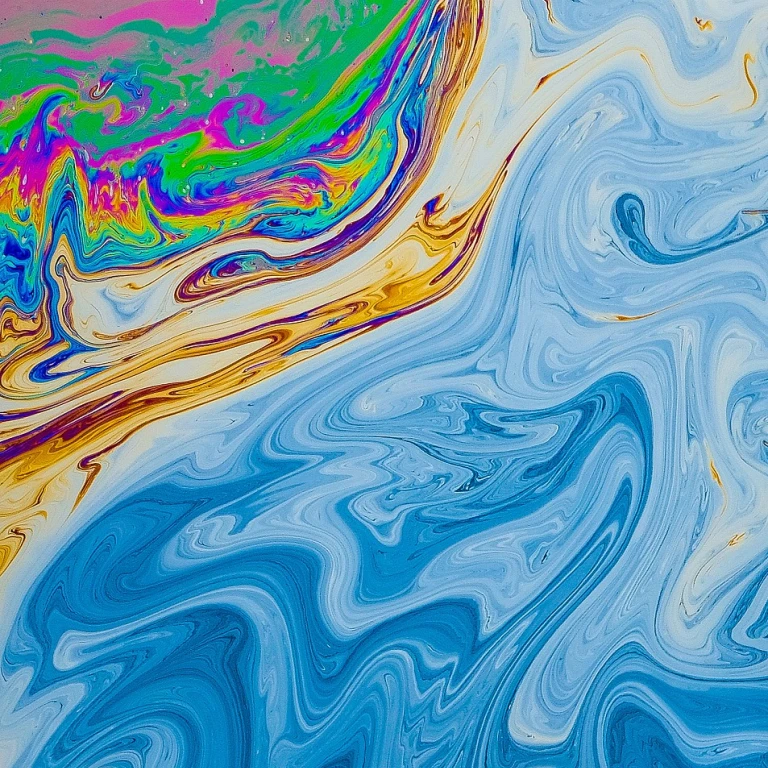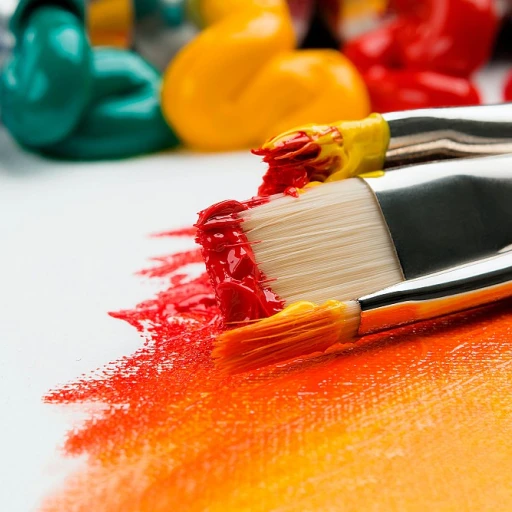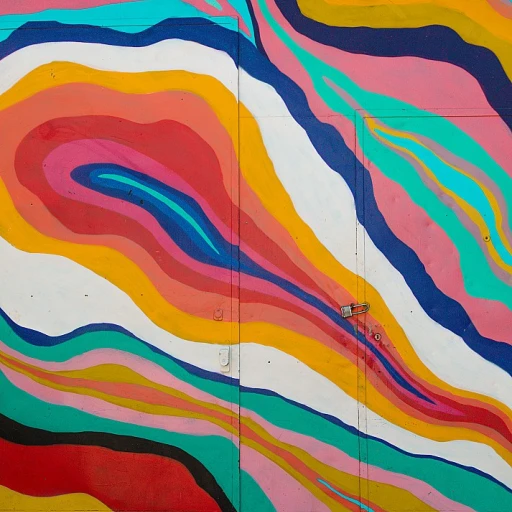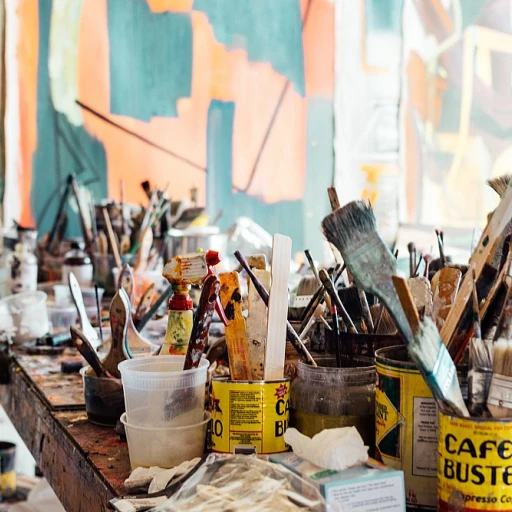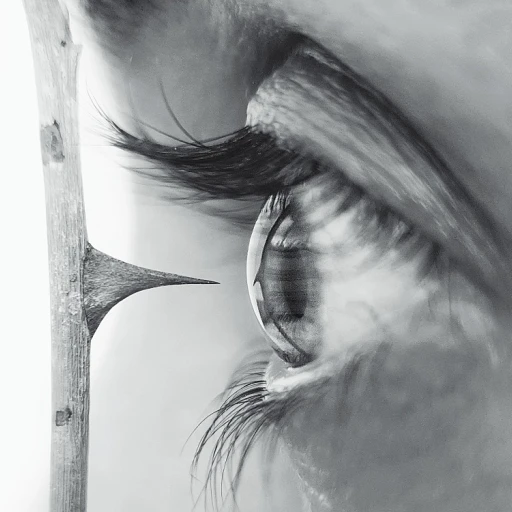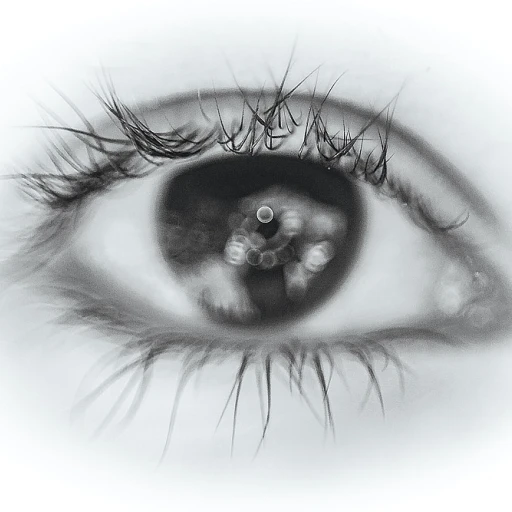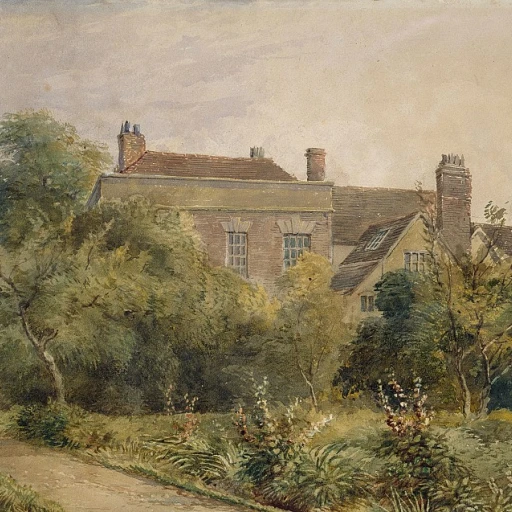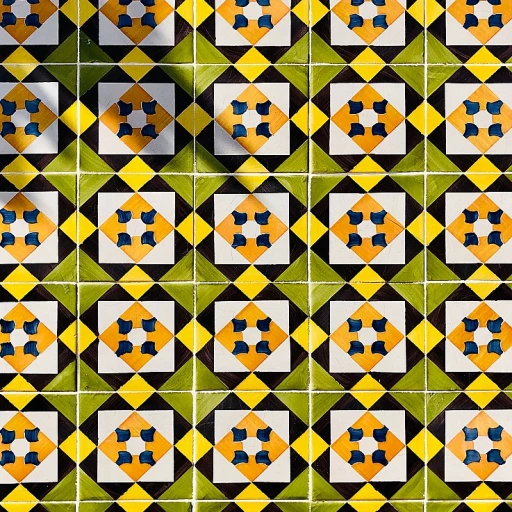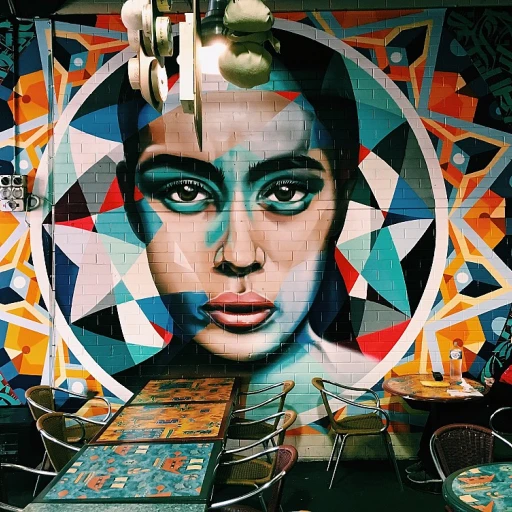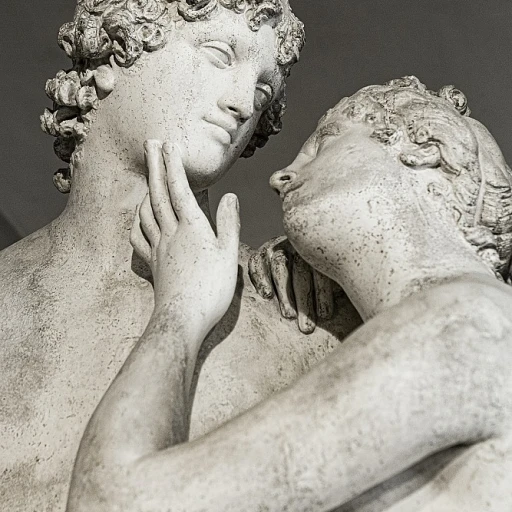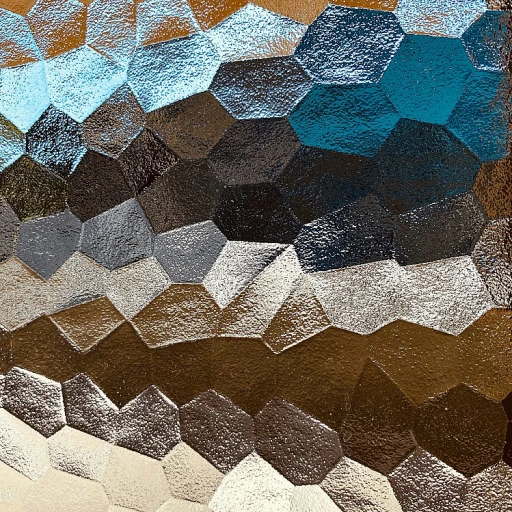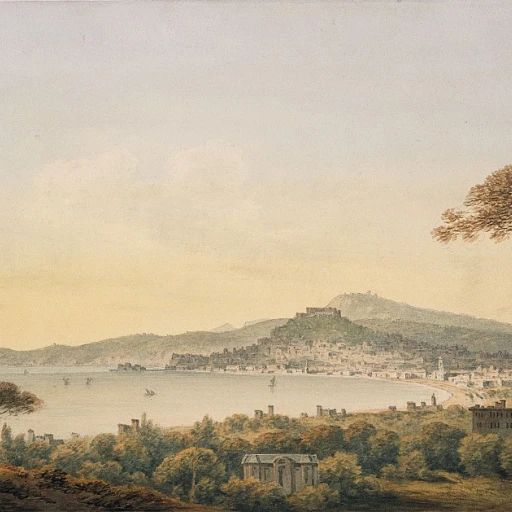-teaser.webp)
Understanding Glazing in Acrylics
Decoding the Technique: Glazing in Acrylic Painting
Acrylic painting offers artists a rich playground to explore their creativity with its vibrant array of colors and versatile mediums. One such fascinating technique is glazing. Glazing involves applying multiple thin, transparent layers of paint, known as glazes, over a dry underpainting. This method adds depth, complexity, and a unique luminosity to artworks that cannot be achieved with opaque layers alone. In the realm of luxury art, mastering the art of glazing can elevate a piece from mere painting to a coveted masterpiece. Harnessing the translucency of glazing mediums allows the artist to play with light, creating dynamic interactions on the canvas. Whether using a glazing medium or a specially formulated acrylic glaze, the potential to transform a painting with subtle transitions and enhanced color depth is unparalleled. One of the key components of successful glazing in acrylics is understanding the interaction of colors across layers. For instance, layering a transparent phthalo blue glaze over a warm underpainting can dramatically shift the piece’s mood, offering a cooler, more serene appearance. These nuanced variations are key to glazing techniques, allowing artists to create extraordinary visual experiences. While this technique opens a plethora of creative avenues, it also demands meticulous planning and patience. Artists must anticipate how each transparent layer will interact with those beneath and adapt their approach accordingly. This underlines why consistent experimentation and a strong grasp of color mixing are essential. To further explore the multifaceted nature of glazing, enthusiasts can delve into how artists harness this technique within luxury art markets, where such skills are particularly prized. For more insights on how specific techniques enhance the value and appeal of luxury artworks, you may wish to explore the intricacies of nuanced art forms.Materials and Tools for Glazing
Key Tools and Materials for Acrylic Glazing
Glazing in acrylic painting is a technique that requires the right materials and tools to achieve its full potential. These components work in harmony to create stunning transparent layers and add depth to your art. Here are some essential items you'll need to embark on your glazing journey:
- Acrylic Paints: High-quality acrylic paints are a must for glazing. Consider using brands known for their pigment richness and smooth consistency. Colors like phthalo blue and raw umber are popular choices for creating dynamic and vivid layers.
- Mediums and Glazing Liquid: An acrylic glazing medium or glazing liquid is essential for creating an even and translucent glaze. These mediums help the paint flow smoothly over the painting's surface, promoting a glossy, professional finish. Glaze mediums will often add a touch of gloss while thinning the paint without losing body, ideal for achieving a high flow of colors.
- Brushes and Tools: The quality of your brushes influences the texture and finish of your painting. Using soft, synthetic brushes ensures minimal streaking and even application. For those interested in exploring alternative tools, the artistry of goat hair brushes may offer unique textural results in acrylics.
- Gloss Medium: This product is perfect for artists who wish to achieve a glossy sheen on their paintings. Mixing gloss medium with your paint not only enhances texture but also offers a lovely, reflective surface, emphasizing vibrant colors.
- Water: While water is often used for thinning acrylic paints, remember that excessive dilution can hinder the paint's binding properties. It's best to rely on mediums for thinning, reserving water for minor adjustments in consistency.
By integrating these materials into your practice, you can refine your techniques and elevate your acrylic paintings with nuanced depth and luminosity. As you gain familiarity with these tools, consider experimenting with layering and color mixing, which will provide a richer palette to create intricate glazes.
Techniques for Achieving Depth and Luminosity
Mastering the Illusion of Depth and Luminosity
In the realm of luxury artwork, mastering the illusion of depth and luminosity through glazing is a coveted skill that takes acrylic painting to new heights. At its core, glazing employs thin, transparent layers of acrylic paint to create effects that appear rich and multifaceted. This technique requires an intricate understanding of both the materials and the painting process. The use of a glazing medium is essential, as it thins the paint without sacrificing intensity, allowing artists to add or deepen color layers without obscuring under layers completely. For those striving to achieve a luminous effect, adding a gloss medium can intensify color interactions and create a glowing surface finish. Acrylic paint's ability to dry quickly is both an advantage and a challenge. Artists can layer glazes efficiently, yet they must also hone the timing of brushwork to avoid disrupting previous layers. Opting for acrylics that blend seamlessly with water and high flow options like phthalo blue or raw umber can achieve unparalleled brilliance when applied correctly. Moreover, artists can deftly manipulate glazing liquids by employing different glazing techniques. Variants such as wet-on-wet or dry brushing can help sculpt textures and highlights that breathe life into the artwork. Through deliberate color mixing and patience, one can create an acrylic glaze that mimics the sheen of oils, elevating an acrylic work to a luxurious level. For those interested in finer details of painting techniques and the challenge of depth, exploring the intricacies of low relief sculpture may provide additional insights and inspiration. Understanding these glazing techniques not only adds value to the artwork but also enhances its appeal in luxury art markets, making it a must-master for contemporary artists.Challenges in Glazing Acrylic Paintings
Mastering the Balance and Tolerance
In the process of applying glazing techniques in acrylic paintings, artists often encounter a unique set of challenges. Glazing with acrylics requires a keen understanding of how layers react with each other and the patience to allow each glaze layer to dry completely before applying the next. This careful layering is crucial to achieve the depth and luminous effects that glazes are known for. One primary challenge is maintaining the transparency of the glaze, which is essential for achieving the desired outcome. If the acrylic glaze or glazing medium is applied too thickly, it can quickly become opaque, obscuring the layers beneath. To ensure transparency, artists must carefully mix their glazing medium with acrylic paint, particularly selecting colors like phthalo blue or raw umber that add rich depth without overpowering the underlying colors.Navigating Material Interactions
Another issue artists face is the interaction between different acrylic painting mediums. Not all acrylic paints or gloss mediums interact harmoniously, and experimenting with different brands and formulas becomes necessary. Artists often use a variety of acrylic mediums to find the perfect combination that will not only maintain the vibrancy of each color but also help in achieving the glossy finish associated with high-end luxury art. Glazing liquids, such as gloss medium, facilitate this by allowing the paint to spread evenly without losing its translucency. Working with high-flow acrylic paints may introduce additional hurdles, demanding adept control while handling their viscosity. Balancing the water and acrylic paint ratio is a fine art in itself, requiring practice and a nuanced understanding of how each addition or reduction affects the medium's consistency and drying time.Patience and Precision
The technique of glazing in acrylic painting also demands immense patience from its practitioners. Each layer must be allowed to dry thoroughly, often a process requiring hours, and sometimes a fan or a dedicated drying area is crucial to prevent any smudging or unwanted blending. As layers of transparent colors build upon each other, artists can create illusions of volume and light, mimicking the complex interplay seen in nature. This resilience can yield stunning results, contributing significantly to the uniqueness and appeal of luxury art markets. By mastering these challenges, artists not only refine their technique but also enrich their art, incorporating layers of meaning and emotion into every piece. As the acrylic paint settles into its final, intricate form, it transforms mere colors and mediums into mesmerizing works of art that captivate and endure.The Role of Glazing in Luxury Art Markets
The Importance of Glazing in the Upscale Art Market
In the world of luxury art, subtle nuances often make an artwork stand out, and glazing is one such technique that adds an undeniable allure to acrylic paintings. The use of acrylic glazing can transform an artwork, giving it an ethereal quality that appeals to high-end art collectors. The addition of transparent layers through glazing can amplify the depth and luminosity of a piece, creating colors that seem to glow from within. Such qualities are much sought after in the luxury art market, where the play of light and color can significantly enhance the perceived value of a painting. One important aspect to consider when glazing for a luxury market is the choice of materials and the application. The use of a high-quality glazing medium, whether it's a gloss medium or glazing liquid, can ensure the integrity and longevity of the piece, which is paramount for collectors. Additionally, techniques involving the layering of various acrylic paints such as phthalo blue or raw umber can create dynamic interactions and sophisticated color palettes. Moreover, an artist's ability to manipulate these mediums with finesse, utilizing techniques such as acrylic glazing and painting acrylics with a careful selection of transparent washes, can result in a masterpiece that not only meets but exceeds the expectations in elegant art galleries and premier auctions. Buyers in this sphere are keen observers of the finish and texture achieved by these multiple, deliberate layers. Therefore, it is evident that glazing is not merely a technique but a transformative art form in itself. It plays a crucial role in setting artworks apart in competitive, high-stakes environments like those in the luxury art markets.Case Studies of Masterpieces Using Glazing
Masterpieces Exemplifying Glazing Techniques
In the realm of luxury artwork, the glazing technique in acrylic painting has been pivotal in creating some of the most revered masterpieces. This technique, which involves applying thin, transparent layers of acrylic paint, allows artists to achieve a depth and luminosity that is often unmatched. By examining a few notable examples, we can appreciate how glazing transforms acrylic paintings into luxurious works of art.
One of the most striking aspects of glazing is its ability to enhance color vibrancy and depth. For instance, the use of phthalo blue in combination with a glazing medium can create a rich, deep blue that seems to glow from within. This technique is often employed to create atmospheric effects in landscapes or to bring a sense of life to portraits.
Another example can be seen in the use of raw umber to add warmth and shadow to a painting. By layering this color with a gloss medium, artists can create a sense of three-dimensionality that draws viewers into the artwork. The interplay of light and shadow achieved through glazing is a hallmark of many luxury paintings.
Moreover, the use of high flow acrylics in glazing allows for smooth, even layers that enhance the overall texture of the painting. This technique is particularly effective in abstract art, where the fluidity of the paint can create dynamic and engaging compositions.
These examples highlight the transformative power of glazing in acrylics. By mastering the art of layering transparent colors, artists can create paintings that not only captivate the eye but also convey a sense of luxury and sophistication. The meticulous application of glazes and the strategic use of glazing mediums are what set these masterpieces apart in the luxury art market.

